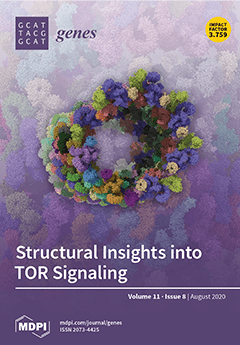Previous investigations have found that several genes may be associated with the interindividual variability to the ergogenic response to caffeine. The aim of this study is to analyze the influence of the genetic variations in
CYP1A2 (−163C > A, rs762551; characterized such as “fast” (AA genotype) and “slow” caffeine metabolizers (C-carriers)) and
ADORA2A (1976T > C; rs5751876; characterized by “high” (TT genotype) or “low” sensitivity to caffeine (C-carriers)) on the ergogenic response to acute caffeine intake in professional handball players. Thirty-one professional handball players (sixteen men and fifteen women; daily caffeine intake = 60 ± 25 mg·d
−1) ingested 3 mg·kg
−1·body mass (bm) of caffeine or placebo 60 min before undergoing a battery of performance tests consisting of a countermovement jump (CMJ), a sprint test, an agility test, an isometric handgrip test, and several ball throws. Afterwards, the handball players performed a simulated handball match (2 × 20 min) while movements were recorded using inertial units. Saliva samples were analyzed to determine the genotype of each player for the −163C > A polymorphism in the
CYP1A2 gene (rs762551) and for the 1976T > C polymorphism in the
ADORA2A gene (rs5751876). In the
CYP1A2, C-allele carriers (54.8%) were compared to AA homozygotes (45.2%). In the
ADORA2A, C-allele carriers (80.6%) were compared to TT homozygotes (19.4%). There was only a genotype x treatment interaction for the ball throwing from 7 m (
p = 0.037) indicating that the ergogenic effect of caffeine on this test was higher in
CYP1A2 AA homozygotes than in C-allele carriers. In the remaining variables, there were no genotype x treatment interactions for
CYP1A2 or for
ADORA2A. As a whole group, caffeine increased CMJ height, performance in the sprint velocity test, and ball throwing velocity from 9 m (2.8–4.3%,
p = 0.001–0.022, effect size = 0.17–0.31). Thus, pre-exercise caffeine supplementation at a dose of 3 mg·kg
−1·bm can be considered as an ergogenic strategy to enhance some neuromuscular aspects of handball performance in professional handball players with low daily caffeine consumption. However, the ergogenic response to acute caffeine intake was not modulated by
CYP1A2 or
ADORA2A genotypes.
Full article






